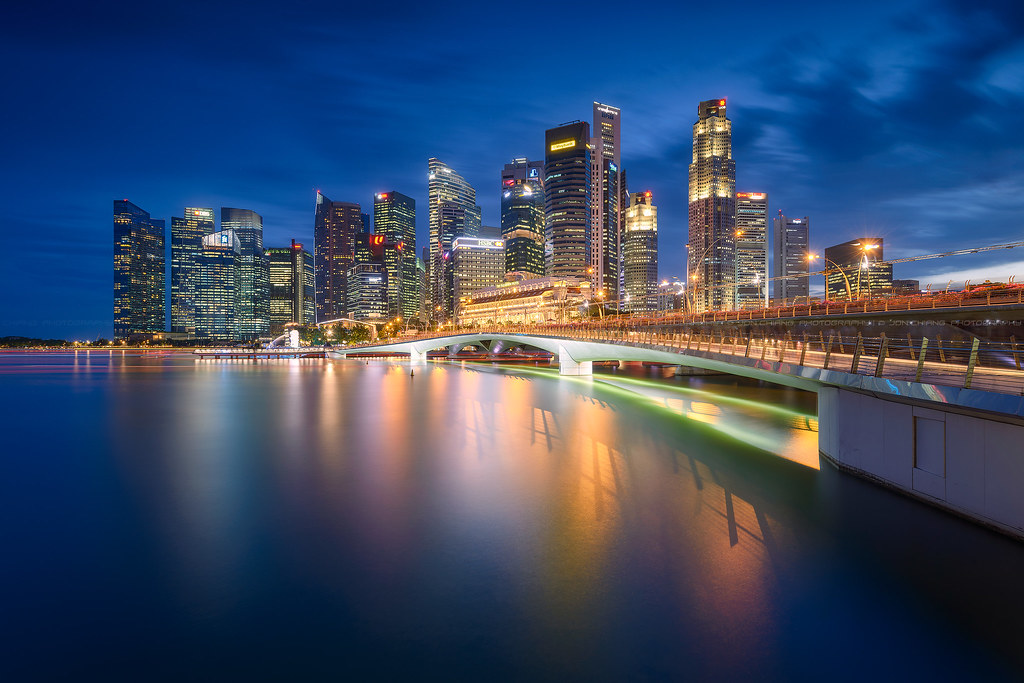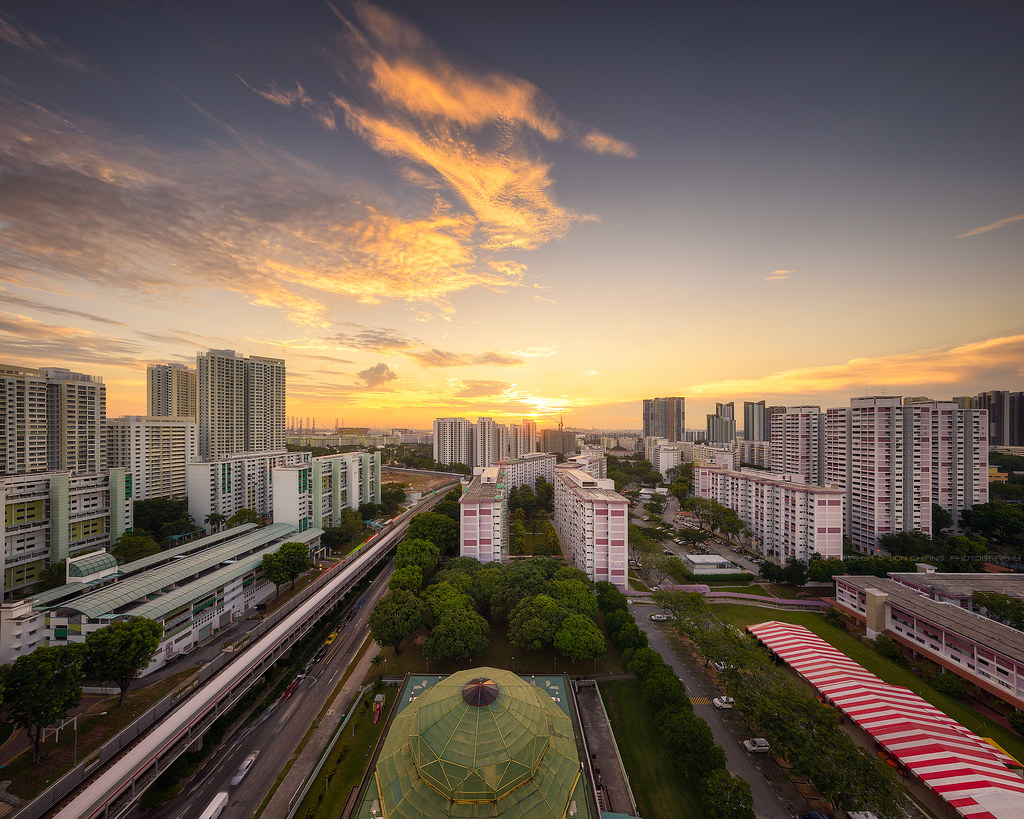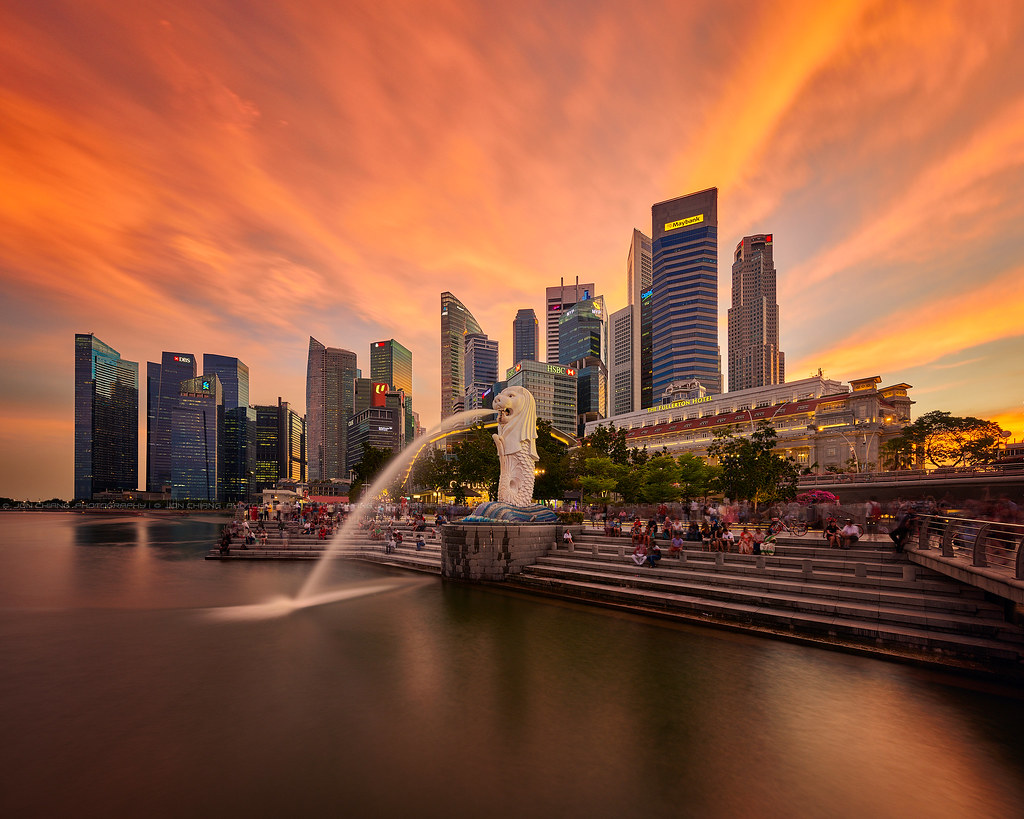This review can also be found on my website and page.
So around four years after I reviewed the original Haida Filter 100mm filters on Clubsnap, Photosphere Singapore, the local distributor for all things Haida, kindly loaned me a set of 150mm filters for use with my 14-24mm. Prior to that I was using the Nikon 17-35mm which was plagued with the notorious squeaky autofocus issue, and finally after a good five years of constant use, it became a manual-focus lens. Since the second-hand price for the 14-24mm is quite attractive these days, I netted myself a minty copy, and approached Photosphere for their Haida Filters solution for the ginormous 14-24.
Although I’m in no way a brand ambassador for Haida (I bought all of my filters, they weren’t gifted to me for review), I can safely say that their performance for the past four years of usage have been no less than stellar, and the ones I had were the original ones without any of the new Nanopro multicoatings. Thus when I approached Photosphere for a filter solution, I was curious to find out how much better the new coated filters were.
Update: As of May 2018, I've been invited by Haida to officially be part of their product ambassador programme. Nevertheless, all product reviews will remain fair and unbiased, and based on real-world applications.
The original 100mm Haida Filters that I purchased from them came in simple plastic packaging wrapped in a microfibre cloth, and were unmarked. Back then, Haida Filters was a fledgling filter company among giants such as Singh-Ray and Lee Filters. However, they promised very neutral results, especially for their strong neutral density filters, in contrast to the Lee Big Stopper’s strong bluish cast (which was still easy to correct, but I prefer a neutral result out of the box).
These days, Haida has become one of the leading brand names for filters, providing affordable and high-quality filters that come packaged in equally fancy cases. Gone are the flimsy plastic cases and the soft padded pouches, current Haida filters are sold in tin cases with thick foam padding, and come bundled with a stick-on foam gasket and a handy exposure reference card in English and Mandarin.

Haida 10-stop Nanopro ND filter with foam gasket and exposure reference card
As for the filter holder for the Nikon 14-24mm, it comes in three parts which have to be assembled together with the lens - the front and rear adapter rings which must be unique to the ultrawide lens you own, and the universal holder. There’s a comprehensive list of lenses that are compatible with the system, and even details on the amount of vignetting you will get when you stack filters on their website, so kudos to Haida for the detailed information even for the bulbous Canon 17mm tilt-shift lens!

Assembly of the Haida filter holder - taken from Haida's website
The entire set-up looks like the below photo once you fit them together. Assembly guide video by Haida available here.

Fully-assembled Haida filter kit on the Nikon 14-24mm

Fully-assembled Haida filter kit on the Nikon 14-24mm
Haida also designed the universal filter holder to rotate around the front adapter ring without falling out, even when left unscrewed. This is because you need to align the filter holder with a notch on the front adapter in order to remove the filter holder. This design minimises the risk of the filter holder falling off should you forget to tighten the holder’s locking screw.
The three parts that make up the filter holder are constructed out of solid aluminium, which feels extremely reassuring. The filter holder comes with light sealing foam gaskets pre-installed, with an additional four sets in the box should the original one wear out. Because of this, I found it unnecessary to install the added foam gasket that comes with the filters, since that will make it even more difficult to slot in the already huge and clunky 150mm filters for the 14-24. I haven’t had the chance to compare Haida’s filter solution to Lee’s SW150 or Fotodiox’s Wonderpana, but with the quality construction coupled with the amount of light seals, I see no reason why Haida’s filter kits would be inferior.

Fully-assembled Haida filter kit on the Nikon 14-24mm
So around four years after I reviewed the original Haida Filter 100mm filters on Clubsnap, Photosphere Singapore, the local distributor for all things Haida, kindly loaned me a set of 150mm filters for use with my 14-24mm. Prior to that I was using the Nikon 17-35mm which was plagued with the notorious squeaky autofocus issue, and finally after a good five years of constant use, it became a manual-focus lens. Since the second-hand price for the 14-24mm is quite attractive these days, I netted myself a minty copy, and approached Photosphere for their Haida Filters solution for the ginormous 14-24.
Although I’m in no way a brand ambassador for Haida (I bought all of my filters, they weren’t gifted to me for review), I can safely say that their performance for the past four years of usage have been no less than stellar, and the ones I had were the original ones without any of the new Nanopro multicoatings. Thus when I approached Photosphere for a filter solution, I was curious to find out how much better the new coated filters were.
Update: As of May 2018, I've been invited by Haida to officially be part of their product ambassador programme. Nevertheless, all product reviews will remain fair and unbiased, and based on real-world applications.
The original 100mm Haida Filters that I purchased from them came in simple plastic packaging wrapped in a microfibre cloth, and were unmarked. Back then, Haida Filters was a fledgling filter company among giants such as Singh-Ray and Lee Filters. However, they promised very neutral results, especially for their strong neutral density filters, in contrast to the Lee Big Stopper’s strong bluish cast (which was still easy to correct, but I prefer a neutral result out of the box).
These days, Haida has become one of the leading brand names for filters, providing affordable and high-quality filters that come packaged in equally fancy cases. Gone are the flimsy plastic cases and the soft padded pouches, current Haida filters are sold in tin cases with thick foam padding, and come bundled with a stick-on foam gasket and a handy exposure reference card in English and Mandarin.

Haida 10-stop Nanopro ND filter with foam gasket and exposure reference card
As for the filter holder for the Nikon 14-24mm, it comes in three parts which have to be assembled together with the lens - the front and rear adapter rings which must be unique to the ultrawide lens you own, and the universal holder. There’s a comprehensive list of lenses that are compatible with the system, and even details on the amount of vignetting you will get when you stack filters on their website, so kudos to Haida for the detailed information even for the bulbous Canon 17mm tilt-shift lens!

Assembly of the Haida filter holder - taken from Haida's website
The entire set-up looks like the below photo once you fit them together. Assembly guide video by Haida available here.

Fully-assembled Haida filter kit on the Nikon 14-24mm

Fully-assembled Haida filter kit on the Nikon 14-24mm
Haida also designed the universal filter holder to rotate around the front adapter ring without falling out, even when left unscrewed. This is because you need to align the filter holder with a notch on the front adapter in order to remove the filter holder. This design minimises the risk of the filter holder falling off should you forget to tighten the holder’s locking screw.
The three parts that make up the filter holder are constructed out of solid aluminium, which feels extremely reassuring. The filter holder comes with light sealing foam gaskets pre-installed, with an additional four sets in the box should the original one wear out. Because of this, I found it unnecessary to install the added foam gasket that comes with the filters, since that will make it even more difficult to slot in the already huge and clunky 150mm filters for the 14-24. I haven’t had the chance to compare Haida’s filter solution to Lee’s SW150 or Fotodiox’s Wonderpana, but with the quality construction coupled with the amount of light seals, I see no reason why Haida’s filter kits would be inferior.

Fully-assembled Haida filter kit on the Nikon 14-24mm
Last edited:























